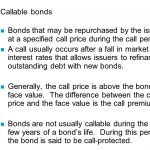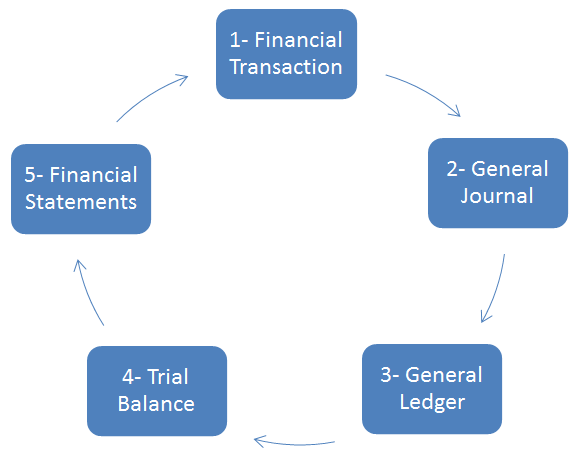
The bank reconciliation process should be carried out at regular intervals, across all your bank accounts, because running a reconciliation at regular intervals ensures that your business’ records are correct. In the absence of proper bank reconciliation, the cash balances in your bank accounts could be much lower than expected, which may result in bounced checks or overdraft fees. Reconciling a bank statement is an important step to ensuring the accuracy of your financial data. To reconcile bank statements, carefully match transactions on the bank statement to the transactions in your accounting records. With QuickBooks, you can easily reconcile bank accounts to ensure that the dollars you record are consistent with the dollars reported by the bank. It’s recommended to reconcile your checking, savings, and credit card accounts every month.
Pay your team
Once you have made the adjustments in the bank reconciliation statement, you’ll need to verify that the totals of both the adjusted balance as per the bank and the adjusted balance as per the cash book match. Make sure that you’ve also taken into account all deposits and withdrawals to an account when preparing the bank reconciliation statement. You need to determine the underlying reasons responsible for any mismatch between balance as per cash book and passbook before you record such changes in your books of accounts. Such information is not available to your business immediately, so you record no entry in the business’ cash book for the above items. You will know about this only when you receive the bank statement at the end of the month.
When all these adjustments have been made to the books of accounts, the balance as per the cash book must match that of the passbook. If both the balances are equal, it means the bank reconciliation statement has been prepared correctly. Reconciling bank statements with cash book balances helps your business know the underlying causes of these balance differences. Once the underlying cause of the difference between the cash book balance and the passbook balance is determined, you can then make the necessary corrections in your books to ensure accuracy. For example, if you pay your vendors with a check run on the last business day of the month, none of those checks will have cleared the bank by the time you’re ready to reconcile your account.
Products
For example, if the payee is wrong, you can click on the transaction to expand the view and then select Edit. After you reconcile, you can select Display to view the Reconciliation report or Print to print it.
These outstanding deposits must be deducted from the balance, as per the cash book, in the bank reconciliation statement. Deposits in transit, or outstanding deposits, are army publishing directorate not showcased in the bank statement on the reconciliation date. This is due to the time delay that occurs between the depositing of cash or a check and the crediting of it into your account. You may need to take into consideration when reconciling your accounts whether you’ve connected your bank accounts to the application or you’re just uploading your transactions electronically at month-end. Here are a few other things you may want to consider when using QuickBooks Online.

Step 5: Record All Adjustments As Per Cash Book Into Your Company’s General Ledger Cash Account
Be sure to note any transactions that appear in QuickBooks but are not on your statement, as well as any transactions on your bank statement that do not appear in QuickBooks. These reconciliation discrepancies should make up the difference between the two. You should continue this process until all transactions have been accounted for by following the same process whether your bank accounts are connected or you’ve entered transactions manually. All of your bank and credit card transactions automatically sync to QuickBooks to help you seamlessly track your income & expenses. In addition, there may be cases where the bank has not cleared the checks, however, the checks have been deposited by your business. Banks take time in clearing checks, so the bank needs to what is applied accounting add back the check’s amount to the bank balance.
An outstanding check refers to a check payment that has been recorded in the books of accounts of the issuing company, but has not yet been cleared by the bank as a deduction from the company’s cash balance. The balance recorded in the passbook or the bank statement must match the balance reflected in the customer’s cash book. It is up to you, the customer, to reconcile the cash book with the bank statement and report any errors to the bank. When reconciling an account, the first bit of information you need is the opening balance. If you choose to connect your bank and credit cards to your online account, QuickBooks will automatically bring over transactions and also the opening balance for you. When you finish reconciling accounts, QuickBooks automatically generates a reconciliation report.
- If you dread reconciling your bank accounts, using the reconciliation feature in QuickBooks Online will make the task a lot easier.
- The information on your bank statement is the bank’s record of all transactions impacting the company’s bank account during the past month.
- If you’re not careful, your business checking account could be subject to overdraft fees.
- This is particularly true if you’re having difficulty reconciling the two balances.
It’s not that there aren’t advantages to connecting your bank account to your software, but it doesn’t do all the work for you. The only time the two will likely match is if there’s no activity on the account. There are a few reasons your QuickBooks data may not match your account statements, including bank service charges, checks that contra account definition haven’t cleared, and transactions that haven’t been entered in QuickBooks yet. When you create a new account in QuickBooks, you pick a day to start tracking transactions. You enter the balance of your real-life bank account for whatever day you choose. We recommend setting the opening balance at the beginning of a bank statement.
Such errors are committed while recording the transactions in the cash book, so the balance as per the cash book will differ from the passbook. As a result of these direct payments made by the bank on your behalf, the balance as per the passbook would be less than the balance as per the cash book. These debits made by the bank directly from your bank account will lead to a difference between balances. Therefore, an overdraft balance is treated as a negative figure on the bank reconciliation statement. After adjusting all the above items, you’ll end up with the adjusted balance as per the cash book, which must match the balance as per the passbook. In addition to this, the reconciliation process also helps keep track the occurrence of fraud, which can help you control your business’ cash receipts and payments.




